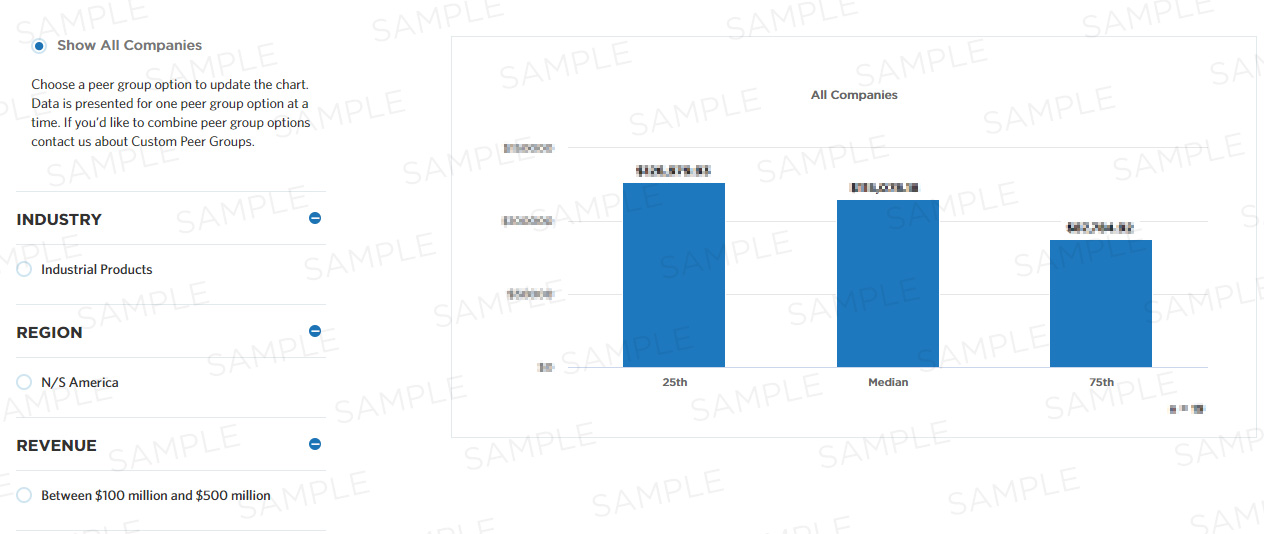Systems costs for KM applications, platforms, and related technology per $1,000 revenue
This measure calculates the organization's expenditure in systems cost for knowledge management (KM) applications, platforms, and related technology, per $1,000 revenue. KM is responsible for organizing an entity's knowledge base; determining the kind of specialized knowledge an entity possesses, and which elements of this collective knowledge are beneficial; capturing and maintaining this knowledge; and granting access to this library of information. Systems costs include a variety of specific costs related to computer hardware/software, network maintenance, data storage, etc., and all fees paid to full-time, part-time, or temporary employees or independent contractors hired to perform these services. This measure is part of a set of Cost Effectiveness measures that help companies understand all cost expenditures related to the "develop and manage enterprise-wide knowledge management (KM) capability" process.
Benchmark Data
| 25th | Median | 75th |
|---|---|---|
| - | - | - |

Compute this Measure
Units for this measure are dollars.
Systems costs for KM program applications, platforms, and related technology / (Total business entity revenue * 0.001)
Key Terms
Total Annual Revenue/Net Revenue
Total annual revenue is net proceeds generated from the sale of products or services. This should reflect the selling price less any allowances such as quantity, discounts, rebates and returns. If your business entity is a support unit and therefore does not directly generate revenue, then provide the revenue amount for the units you support. For government/non-profit organizations, please use your non-pass-through budget. For insurance companies the total annual revenue is the total amount of direct written premiums, excluding net investment income. Note: Business entity revenue needs to only include inter-company business segment revenue when the transactions between those business segments are intended to reflect an arm's length transfer price and would therefore meet the regulatory requirements for external revenue reporting.
Systems Cost
Systems costs include all expenses, paid or incurred, in conjunction with:
Computer hardware or computer software acquired by the organization or provided to the organization through service contracts.
Any related costs to process, service and maintain computer hardware or computer software. The costs of providing and maintaining services for each applicable process (e.g., computer system(s) processing (CPU) time, network/system communication charges, maintenance costs for applications and data storage). This includes the costs related to LANs, WANs, etc. This does not include one-time costs for major new systems developments/replacements. Consultant fees should not be included in depreciation of new system implementations. Include only those costs that occur more than six (6) months after implementation, as normal system maintenance costs. Any systems cost (e.g., maintenance) which is outsourced to a third party supplier should be captured in the separate cost category labeled outsourced cost.
Systems cost should include all salaries, overtime, employee benefits, bonuses or fees paid to full-time, part-time or temporary employees or independent contractors who perform services relating to computer hardware, computer software, processing or systems support.
Cost Effectiveness
Cost effectiveness measures are those in which two related variables, one of which is the cost and one of which is the related outcome related to the expenditure are used to determine a particular metric value.